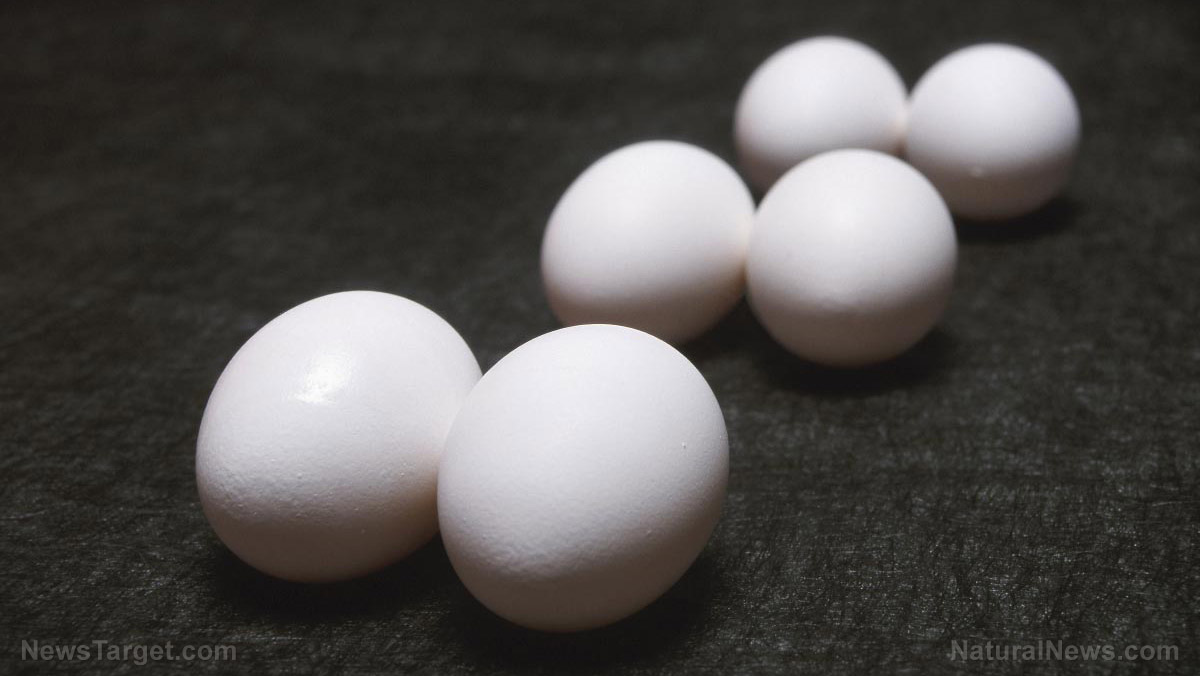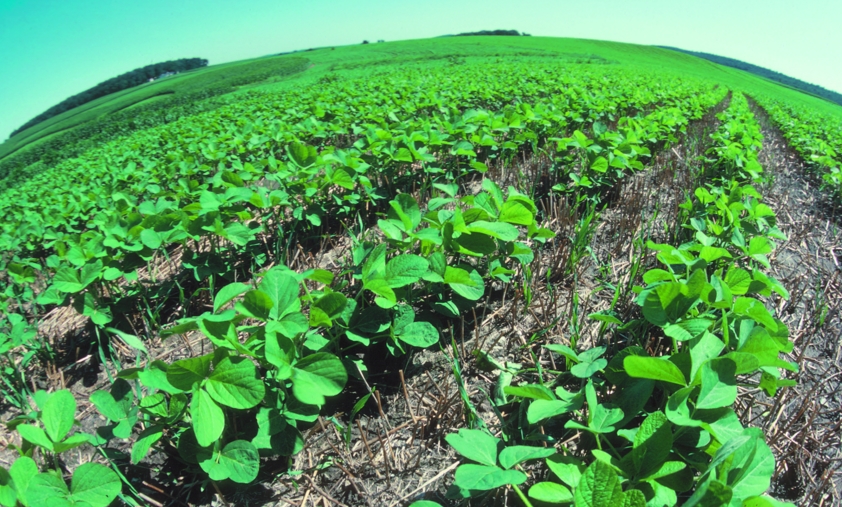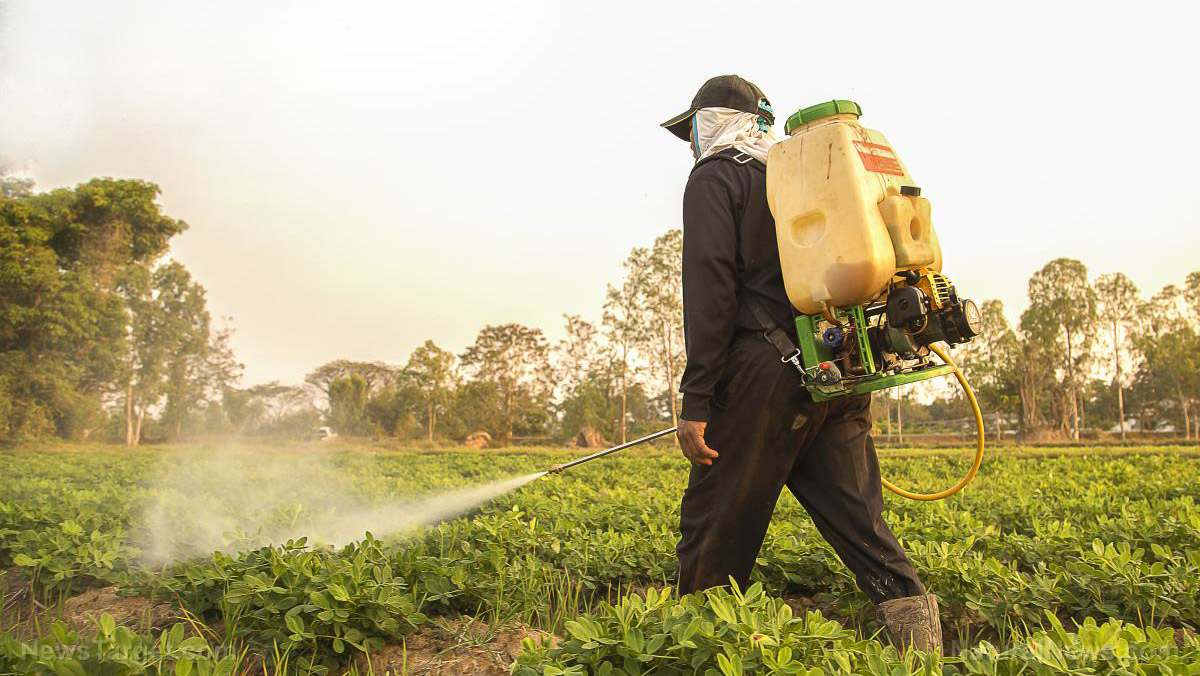Monsanto continues to look for a way around California’s labeling of glyphosate as a probable carcinogen … but there is NO “safe level” of exposure
10/10/2017 / By Tracey Watson

In a press release that quickly created shock waves throughout the agricultural community, the World Health Organization’s International Agency for Research on Cancer (IARC) announced in March 2015 that the herbicide glyphosate – the main ingredient in Monsanto’s Roundup weed killer – was “probably carcinogenic to humans.” Their conclusions were based on both human and animal studies, and found that there was a likely link between glyphosate exposure and the development of non-Hodgkin lymphoma – a type of cancer. This finding started a domino effect of lawsuits against Monsanto, as well as several U.S. states re-examining their legislation regarding glyphosate exposure. California was one of the first to do so.
Almost immediately, the state’s Office of Environmental Health Hazard Assessment (OEHHA) announced its intention to list glyphosate as a Proposition 65 chemical. The Safe Drinking Water and Toxic Enforcement Act of 1986, commonly known as Prop 65, dictates that the state publish a list of toxic chemicals which are known to cause birth defects or other reproductive harm, or which have been linked to cancer.
Monsanto, of course, challenged the IARC’s findings in court in an attempt to prevent glyphosate from being added to that list, but their challenge was unsuccessful. They immediately filed a notice to appeal. (Related: Find out what else the “world’s most evil corporation” is up to at Monsanto.news.)
Then, in March 2017, a landmark ruling by Fresno County Superior Court Judge Kristi Kapetan allowed the state to add glyphosate to the Prop 65 list as a chemical “known to the state to cause cancer.”
The OEHHA proposed, however, to establish a level below which glyphosate exposure was deemed to be safe. Any product with glyphosate levels below 1,100 micrograms per kilogram of body weight would be classified as safe, and companies could continue to manufacture and distribute such products without any kind of warning labels.
Neither Monsanto nor health activists are satisfied with this proposal. Monsanto and its supporters continue to insist that there should be no limit at all. Meanwhile, according to Baum, Hedlund, Aristei and Goldman – a legal firm representing several claimants who are suing Monsanto because they believe glyphosate exposure caused them or their loved ones to get cancer – the “safe” limit proposed by the OEHHA is anything but safe.
“Overall, glyphosate poses an unreasonable risk of adverse effects to humans, animals and the environment,” Dr. Stephen Frantz, a research scientist, announced at an OEHHA public hearing in Sacramento in June this year. “There is no ‘safe level’ for glyphosate … it causes damage wherever it goes.”
Part of the problem is that the study which the OEHHA used to make its determination of what is “safe” was a single animal bioassay; no epidemiological studies were considered. This leaves many people – particularly farm workers – vulnerable to the effects of glyphosate, since only epidemiological studies measure the effects of inhalation and dermal exposure.
While only 20 to 30 percent of glyphosate consumed via diet is absorbed, 100 percent of glyphosate on the skin is absorbed, and it circulates through the body for a much longer period of time.
Also, tumors have been discovered in patients exposed to much lower levels of glyphosate than the supposedly “safe” level suggested by the OEHHA. (Related: Customers as young as 10 damaged by Roundup weed killer now suing Monsanto.)
At least four animal studies showed tumor development at much lower exposure doses (adjusted to the weight of the animals):
- Lymphocytic hyperplasia at 11 mg/kg-bw/day in Sprague-Dawley rats in Lankas, 1981
- Testicular interstitial tumors in male Sprague-Dawley rats demonstrated a significant trend and a significant pairwise comparison between control and the high dose of 31.49 mg/kgbw/day in Lankas, 1981
- Lymphoid hyperplasia at low and mid doses in males at 71.4 and 234.2 mg/kg-bw/day in a study where malignant lymphomas were significantly induced at 810 mg/kg-bw/day in Wood et al. 2009b
- Pancreatic islet cell adenoma in male Sprague-Dawley rats demonstrating a significant pairwise comparison relative to controls at the low dose, 89 mg/kg-bw/day in Stout and Ruecker, 1990
The fact is, there is no safe level of glyphosate exposure. Instead of protecting the interests of corporate giants like Monsanto, we need to protect our children, our water and our food supply from this toxic chemical.
Sources include:
IARC.fr[PDF]
Tagged Under:



















